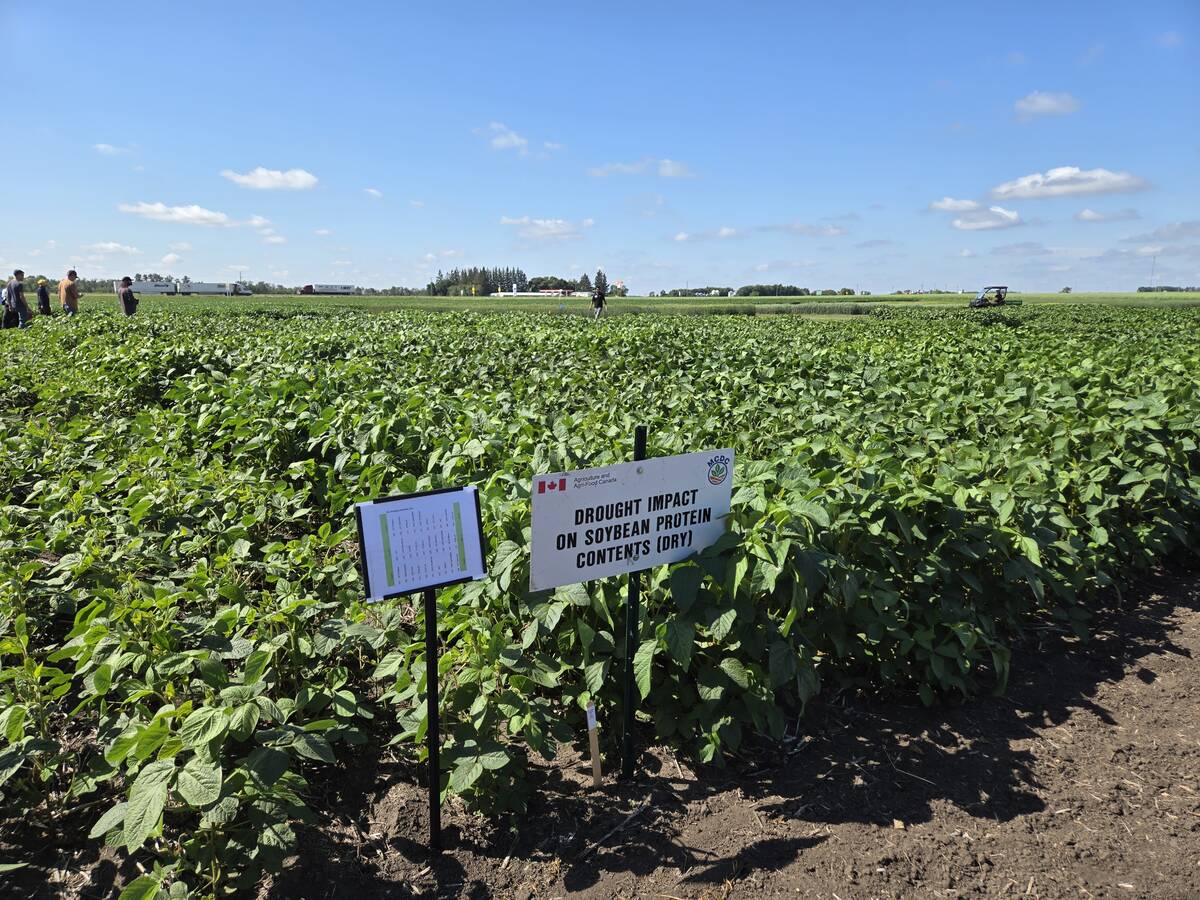RED DEER – The threat of avian influenza striking North America is real, says an Alberta poultry veterinarian.
“The challenge is imminent and how we respond to it is critical,” Tom Inglis told the Alberta turkey producers annual meeting in Red Deer Feb. 28.
Spread of the H5N1 strain of the disease has accelerated since Christmas in poultry flocks in Asia, southern Europe and most recently, in France and Germany.
Migrating birds carry the virus and the H5N1 strain is capable of infecting humans, although no cases have been reported of it spreading between people.
Read Also

Carberry field day looks for agriculture solutions
Manitoba farmers explored research solutions for resilient crops, perpetual agronomic issues and new kinds of agricultural products at a field day at the Manitoba Crop Diversification Centre in Carberry on Aug. 6.
Fear of the potentially fatal disease may force people to change eating habits.
For example, a popular Vietnamese dish uses congealed uncooked duck blood on a salad that could potentially carry infection, he said.
Poultry product purchases have declined sharply in Asia and parts of Europe, even though the World Health Organization says there is no risk of infection if eggs and poultry are properly cooked.
The H5N2 influenza strain was found in two British Columbia duck flocks last November. These flocks were removed and precautionary quarantines were lifted on 78 other farms on Dec. 10, 2005.
Threat of the disease makes biosecurity important on every farm and Inglis has these recommendations:
- Keep poultry barns locked. Keep a visitor log and set aside a visitor parking area away from barns.
- Use dedicated clothing and footwear when entering barns. Changing coveralls and boots and washing hands are effective ways to prevent transferring disease among flocks.
- Maintain wild bird and rodent control.
- Water treatment is necessary if using open water sources such as a dugout or lake. Water should be chlorinated at a rate of three to five parts per million or two to three parts per million at the drinkers. Peroxide can be deactivated and lose its effectiveness if it comes in contact with manure.
If adding vaccines to water, check to make sure chlorine has not deactivated them. Also, if adding medications to water, make sure the water pH levels are neutral between 6.5-7.5 because acidic water affects medicine efficacy.
Choosing medication
It is important to know what disease has hit a farm so the right medications can be used. There are two basic types of bacteria: one has thick walls while the other has a double membrane and some medications cannot penetrate the cell walls.
Poultry producers need to send blood samples to accredited laboratories for proper disease diagnosis and medication recommendations.
Other diseases that jump the species barrier have also been a problem and producers need to identify them.
Last year a strain of swine influenza moved through Canada and the United States, affecting turkey breeder operations. Chickens were not affected. Infected turkeys survived but stopped laying eggs, which resulted in lower quality poults for turkey producers.
“Last year there was not a spare turkey hatching egg or poult to be had,” Inglis said.
A British Columbia farm located close to a hog barn was hit twice. The birds were vaccinated but still got sick. Three flocks in Manitoba, three in Quebec and one in Ontario were also infected.















